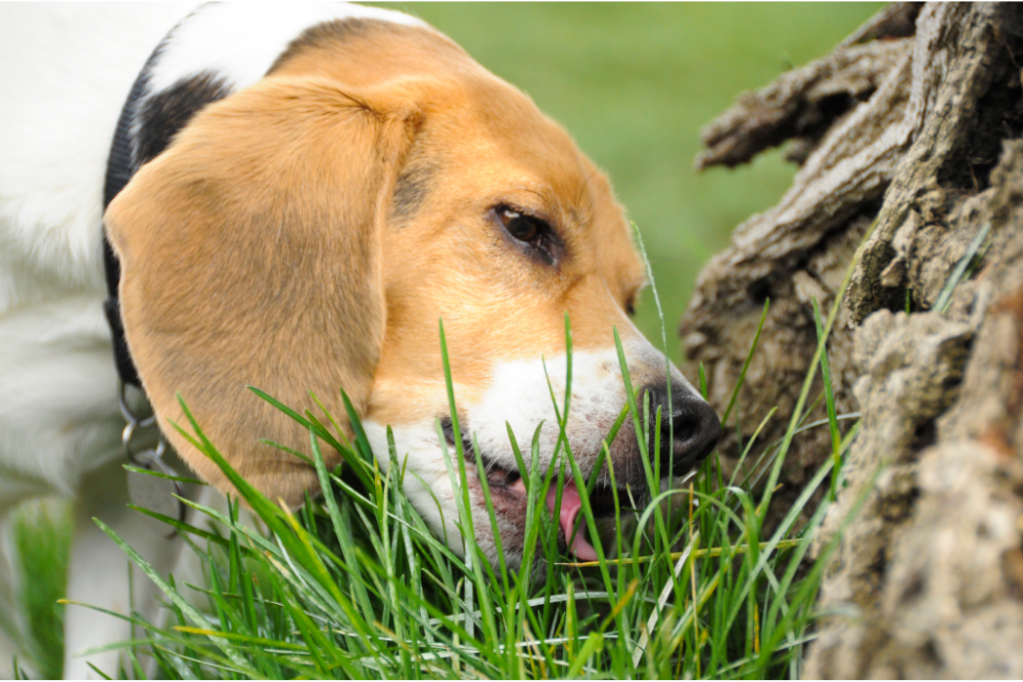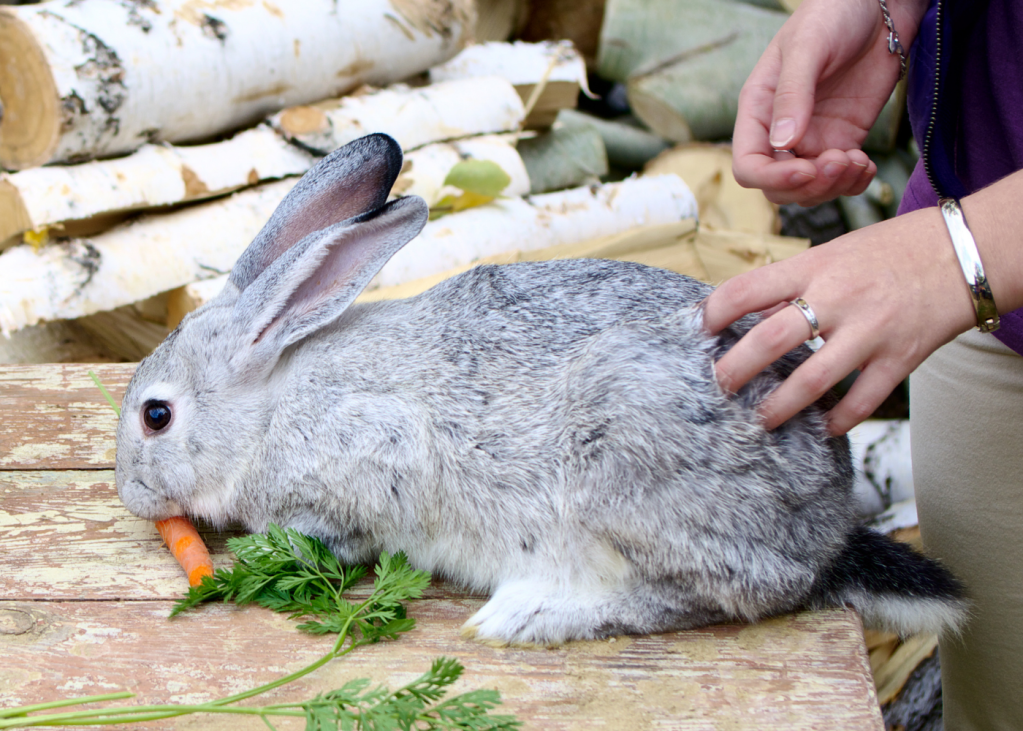Teacup Pomeranian For Sale: How Much is a Teacup Pomeranian
Introduction
If you have ever dreamt of owning a Teacup Pomeranian, you are not alone. These adorable pups are known for their fluffy coats, tiny size, and lively personalities. But the big question on everyone’s mind is: How much does a Teacup Pomeranian cost? In this article, we will delve into the world of Teacup Pomeranians for sale and explore the pricing factors that come into play.
Understanding Teacup Pomeranians
What are Teacup Pomeranians?
Teacup Pomeranians are a smaller version of the standard Pomeranian breed. They are incredibly tiny, often weighing between 2 to 5 pounds when fully grown. Despite their small size, Teacup Pomeranians are full of energy and make great companions for families and individuals alike.
Characteristics of Teacup Pomeranians
- Fluffy coat
- Playful and energetic
- Loyal and affectionate
- Good with children
Factors Affecting the Price of Teacup Pomeranians
Breeder Reputation
Choosing a reputable breeder is crucial when looking for a Teacup Pomeranian for sale. A breeder with a good reputation, who follows ethical breeding practices and provides proper care for their puppies, will typically charge a higher price.
Pedigree and Bloodline
Teacup Pomeranians with champion bloodlines and desirable pedigree will often come with a higher price tag. These puppies are more likely to have certain desirable traits and characteristics.
Coat Color and Quality
The color and quality of a Teacup Pomeranian’s coat can also impact its price. Rare or exotic coat colors may cost more than standard colors. Additionally, a thick and fluffy coat is often considered desirable in this breed.
Size and Weight
The tiny size of Teacup Pomeranians is a major selling point for many potential owners. Puppies that are smaller in size and weight may be priced higher than their larger counterparts.
Gender
In some cases, gender can play a role in the price of a Teacup Pomeranian. Female puppies, especially if they are intended for breeding purposes, may be priced higher than male puppies.
Where to Find Teacup Pomeranians for Sale
Pet Stores
Some pet stores may carry Teacup Pomeranians for sale, but it is essential to research the store’s reputation and ensure they source their puppies from responsible breeders.
Breeders
Reputable breeders are often the best place to find Teacup Pomeranians for sale. They can provide information about the puppy’s lineage, health history, and care requirements.
Online Platforms
There are numerous online platforms where you can find Teacup Pomeranians for sale. However, it is essential to exercise caution and thoroughly research the seller before making a purchase.
The Cost of Owning a Teacup Pomeranian
Initial Cost
The initial cost of purchasing a Teacup Pomeranian can vary widely, ranging from a few hundred dollars to several thousand dollars, depending on the factors mentioned above.
Ongoing Expenses
In addition to the upfront cost, owning a Teacup Pomeranian comes with ongoing expenses such as food, grooming, veterinary care, and supplies. It is essential to budget for these costs to ensure the health and well-being of your furry companion.
Conclusion
Teacup Pomeranians are beloved for their tiny size and big personalities. While the cost of owning a Teacup Pomeranian can be high, the joy and companionship they bring are priceless. By understanding the factors that influence pricing and doing thorough research, you can find the perfect Teacup Pomeranian for sale that fits your budget and lifestyle.
Remember, owning a Teacup Pomeranian is a long-term commitment, so be sure you are prepared for the responsibilities that come with being a pet parent to these adorable pups.





